Open and closed sinus lift

specialists

equipment

treatment

Contraindications for surgery
- Blood clotting disorders. This condition increases the likelihood of bleeding and hematomas
- Progressive diseases. Patients with endocrine or cardiac disorders may face serious complications
- The presence of bad habits. Alcohol, smoking and drugs slow down tissue healing
- Recently undergone chemotherapy or radiation therapy. They weaken the body's ability to regenerate
- Chronic diseases of the nose and paranasal sinuses. Rhinitis, sinusitis, nasal polyps can cause complications during sinus lift
- Pregnancy and lactation. The operation carries risks for the health of mother and child
- Oncology. Any surgical intervention can aggravate the condition
Why do you need a sinus lift?
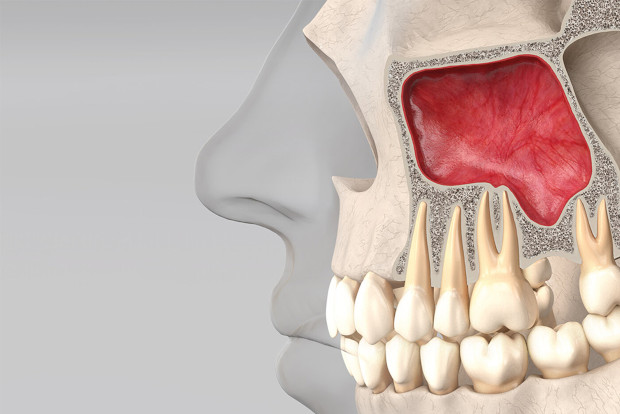
A sinus lift is performed to reduce the height (usually by 6-8 mm) of the alveolar process of the upper jaw. In addition, the procedure is prescribed for bone loss after tooth extraction or failure of previous implants. Surgery is relevant for insufficient bone density, as well as for patients with a narrow or atypical shape of the maxillary sinuses.
General information about the procedure
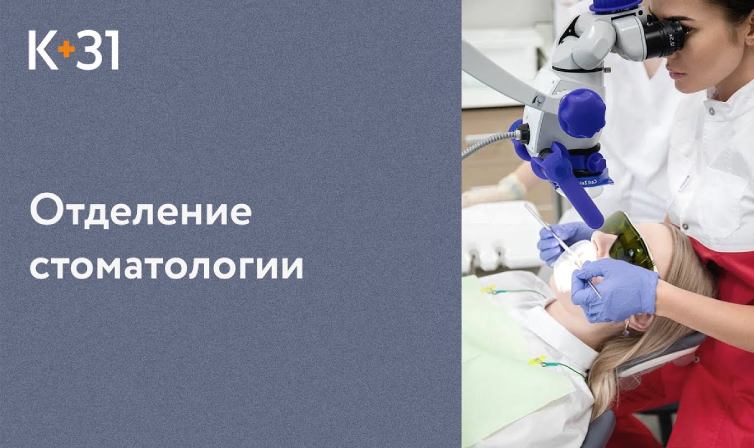
Modern methods of diagnostics and dental treatment at "K+31"
Our doctors

This award is given to clinics with the highest ratings according to user ratings, a large number of requests from this site, and in the absence of critical violations.

This award is given to clinics with the highest ratings according to user ratings. It means that the place is known, loved, and definitely worth visiting.

The ProDoctors portal collected 500 thousand reviews, compiled a rating of doctors based on them and awarded the best. We are proud that our doctors are among those awarded.
Make an appointment at a convenient time on the nearest date
Price
Other Services

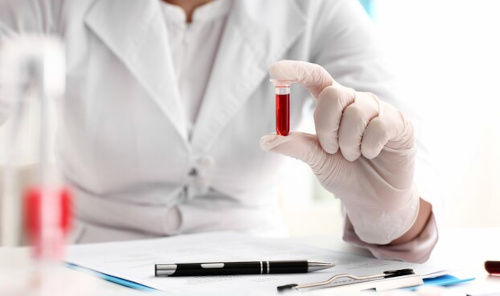

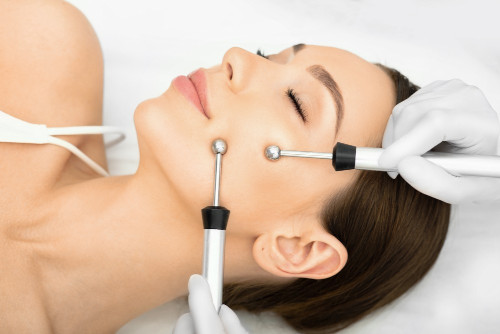
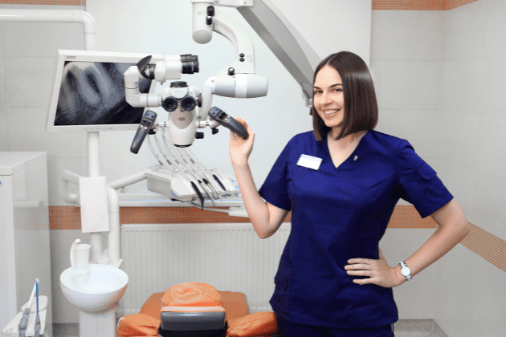











































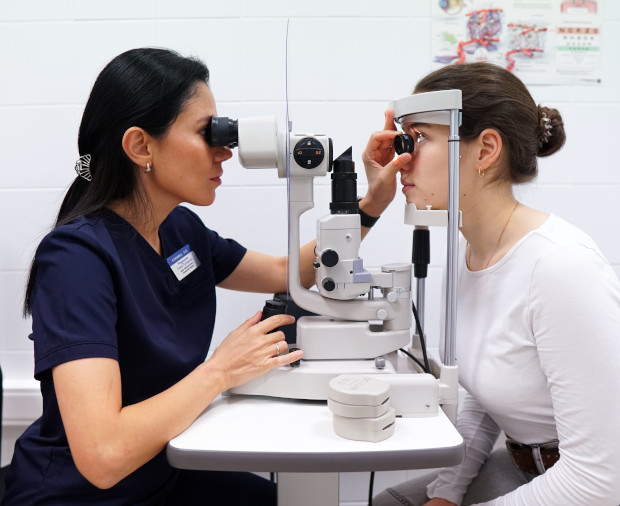


Open and closed sinus lift
To increase the bone mass of the upper jaw, two main sinus lift methods are used: open and closed. The choice of method depends on how much bone tissue the patient has left, as well as the presence of concomitant dental diseases.
What is the difference between open and closed sinus lifting? Let's take a closer look:
The technique of open and closed sinus lifting is significantly different. In the first case, the doctor makes an incision in the gum and a hole in the side wall of the maxillary sinus, then introduces a large amount of osteoplastic material. The closed method involves the introduction of osteoplastic material directly into the sinus through a small hole, after which the implant can be installed.